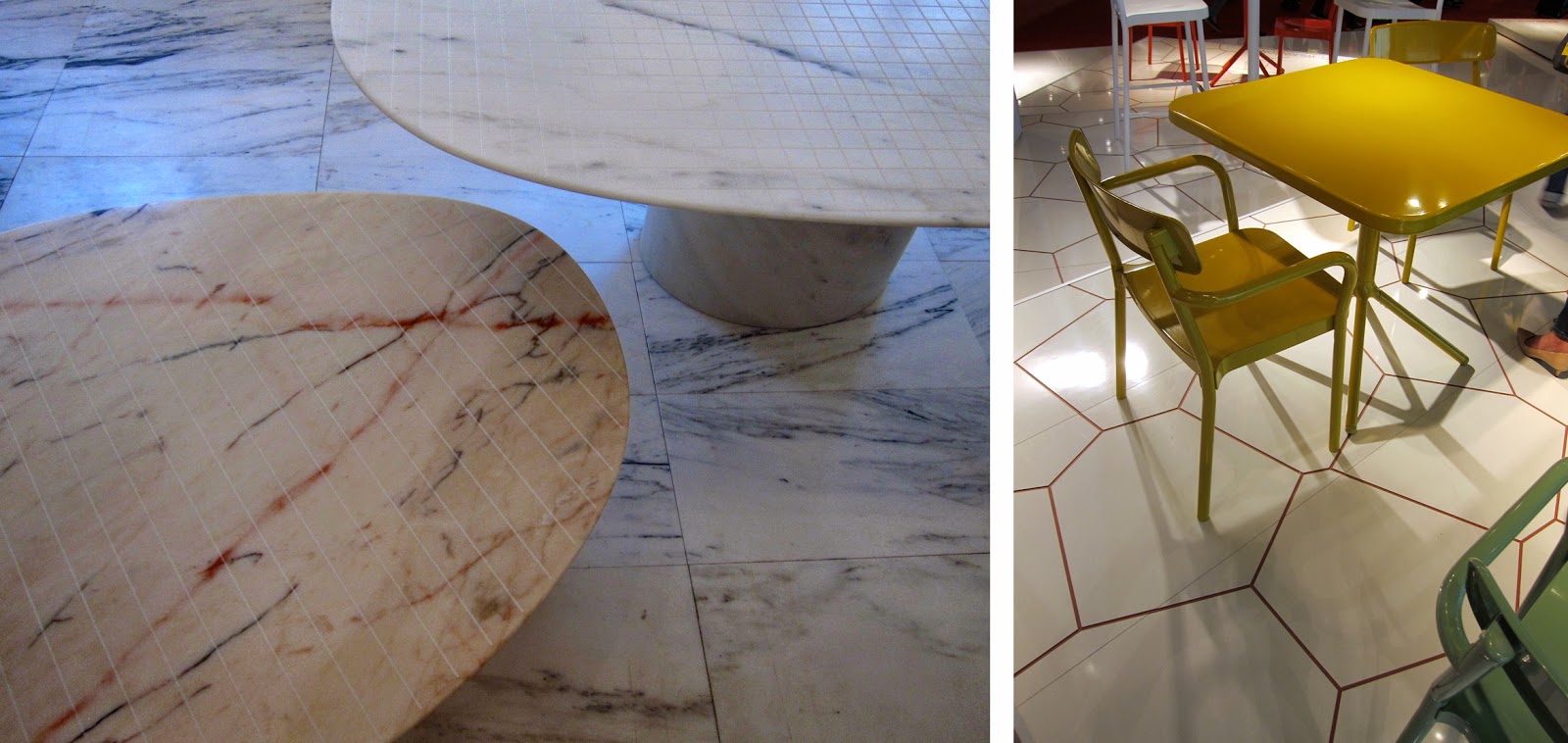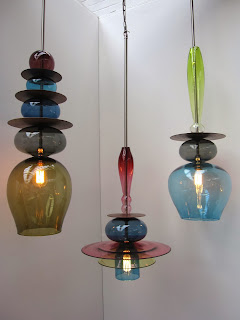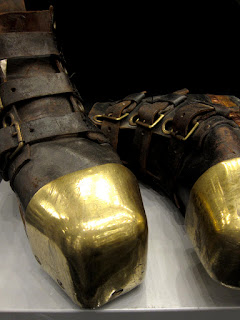 |
One man's floor is another man's feeling
Israeli Pavilion, Venice Biennale 2013 |
Over the years I
developed this peculiar habit when entering unknown territory to look down. Not
that I was shy or embarrassed but out of curiosity. I have grown an intuitive
eagerness to determine and to document the horizontal surfaces that surround
me. Working as designer for a major flooring company this obsession doesn’t
come out of the blue. It might even be helpful to gain more insight in what
defines ‘flooring’ and what ‘flooring’ might be in the future.
A question that is
not as simple as it may seem to be. The most obvious answer from a professional
point of view goes probably like this: A contemporary flooring is aesthetically
pleasing and is as well visually as functionally a perfect fit for its targeted
environment.
But for me this is
all dry stuff and too limited to feed my imagination. Consulting my photo
archive with all flooring related snapshots prove to be more helpful.
The photos are
taken on a variety of occasions like art exhibitions, graduation shows, city
trips, fairs, holidays, or are sometimes just accidental weekday-revelations.
The correlation between all these images is that they refer to flooring from an
unusual point of view.
Looking at these
images immediately and inevitably makes me register them with my ‘professional
flooring eyes’. The obvious keywords easily come to mind: soil hiding, zoning,
modular, safety and so on. It makes me wonder, are we too indoctrinated or is
there a connection after all? Can these captured moments generate a fresh
perspective on flooring? Is it possible to redefine the obvious?
Have a look at
some examples and judge for yourself!
Soil hiding or
covering unwelcome stuff
In a practical
sense one of the big advantages of a floor with a pattern is that it hides dust
and dirt.
Hiding soil in a
more abstract and poetic sense of the word can be found in the expression ‘to
sweep something under the rug’ used when trying to conceal something in the
hope it won’t be discovered by others.
This saying seems
to be visualized in Mike Kelley’s art project ‘Lumpenprole’. Soft toys are
hidden beneath a huge knitted Afghan rug, rendering it lumpy and spooky. It
makes you feel uneasy and wonder what this hand crafted carpet really is
concealing.
 |
| Mike Kelley's Lumpenprole |
Sometimes there is
so much waste on the floor that it creates a whole new surface like in the
photograph ‘Follow him’ of Wang Quinsong. The floor is covered with a huge
amount of paper balls literally turning it into one big wastepaper basket. A
hilarious image that comments on the incompetence of an educational system.
 |
| 'Follow him' by Wang Quinsong |
Adaptive or a clever act of camouflage
A good flooring
design is adaptive, versatile and connects to the objects that are placed on
it. The challenge is to create a horizontal surface that offers opportunities
for dialogues.
With a perfect
placing and the right angle of the camera a brilliant optical illusions is
created in this photo-shoot of Scheltens & Abbenes. The furniture of Muller
en van Severen integrates seamlessly well with the flooring, a clever act of
camouflage.
 |
| Furniture of Muller en van Severen, photo by Scheltens & Abbenes |
Modest or a portal to another dimension
Often the role of
a floor is to be humble. Offering a neutral
background for an explosion of coloured accessoiries or discretely emphasizing
material characteristics of the surrounding objects. By being so modest the
influence of the floor on its environment is often underestimated.
 |
| 'Materialising Memory' detail of artwork by Anna Drupka |
In its neutral
state this humble floor can also become the portal to another dimension, like
in the installation 'Nouvelles histoires de fântomes' by Georges Didi-Huberman where the
floor becomes a medium and is used
as a horizontal screen.
 |
| 'Nouvelles histoires de fântomes' installation in Palais de Tokyo Paris |
Design or
accidental beauty
Instead of being
constructed with specific integrated functionalities and designed aesthetics
there are also floors that seem to silently come into existence. In this world
design is not needed and not missed. It is the story line that defines the
floor, narratives created by traces of weathering, aging or mending. These
surfaces behave like living organism and generally are maturing well.
 |
| Open air installation, Art Amsterdam 2013 |
 |
| Cour nearby Via Tortona, Milan 2012 |
Brand identity
or glamour act.
Sometimes the
floor is in the lead. Posing as the main character it is seductive, reflects as
a mirror, presents traces of a festive moment or turns itself into a red/pink
carpet. The floor is there to provide glamour.
 |
| Coffee corner at Modefabriek Amsterdam, 2013 |
 |
| Entrance Sahco Hesslein Showroom, Paris |
Modular or
perfect sketch.
The buzz word of
the year. Everything is modular, loose lay, easy to install and easy to remove,
a dynamic approach.
An ultimate
modular and temporal floor, just created for the occasion, are the ones used in
sets for photoshoots. The floor becomes just as a suggestion, a sketch, is not
even installed fully and discarded and dismanteled within no time. Like in the sets of
Erwin Olaf which were presented in the New Institute in Rotterdam last Spring.
 |
| Photo-shoot set designed by Erwin Olaf, NII 2014 |
Modular means also
opportunities for uniqueness by playing with the separate elements. For the
manufacturer the challenge to provide this space for the unexpected.
 |
| 8th Berlin Biennale, 2014 |
 |
| detail |
Storytelling or
the echo of Zen
With natural
materials like wood and stone traces of use can enrich the material, create
patina and personalize a floor.
 |
| Fondazione Prada, Venice |
In this project 'Domesticated landscape' by Kim Wawer the audience is invited to interact with the soft furry
surface and to create its own Zen-look-a-like garden.
 |
| Domestic landscape by Kim Wawer, graduation Gerrit Rietveld, 2014 |
Zoning or
blurring bounderies
With flooring one
can indicate zones to help people finding their ways or to indicate bounderies.
These zones can be very straightforward and severe or as in these project it
can be also less orthodox.
 |
| Artez Fashion Biennale 2011 |
 |
| ABC Carpet NYC, 2014 |
Safety or challenge
Above all flooring
should provide safety. Although recently I did read some articles in which the
floor was envisioned as an element in the space that could activate the user.
In the office environment to keep the employee fit and healthy or in care
facilities as a life extending method for elderly.
 |
| Massimo Bartolini, Venice Biennale 2013 |
 |
| *UK Pavilion, Venice Biennale 2013 |
*all depicted images are photo's made by myself, except the photo by Scheltens & Abbenes.
The images of Wang Quinsong and the UK pavilion are photo's I made from photo's presented in the Pavilions
































































